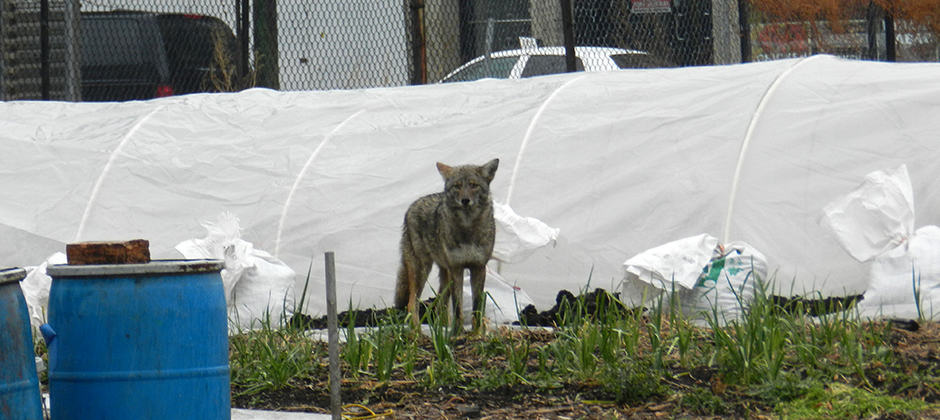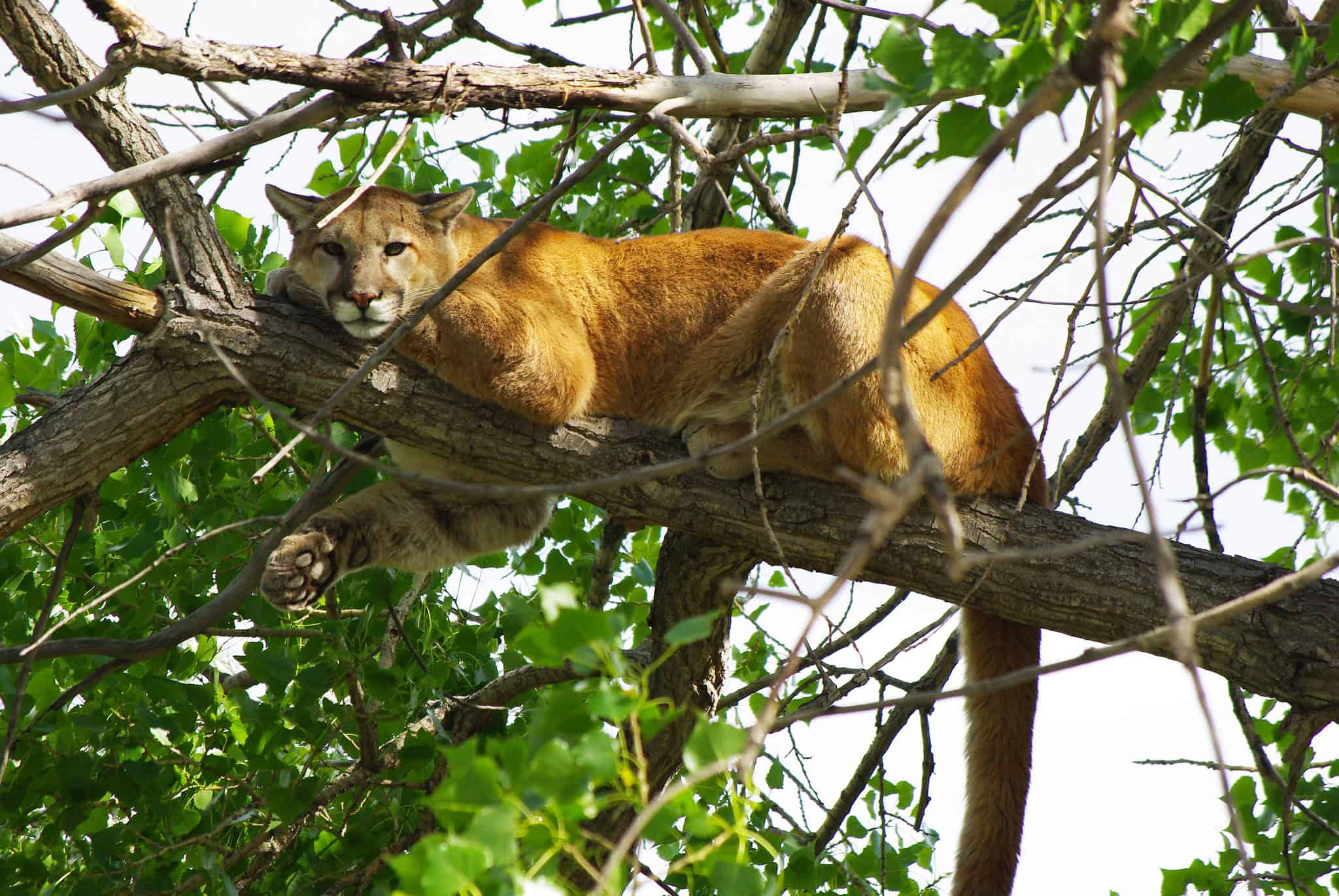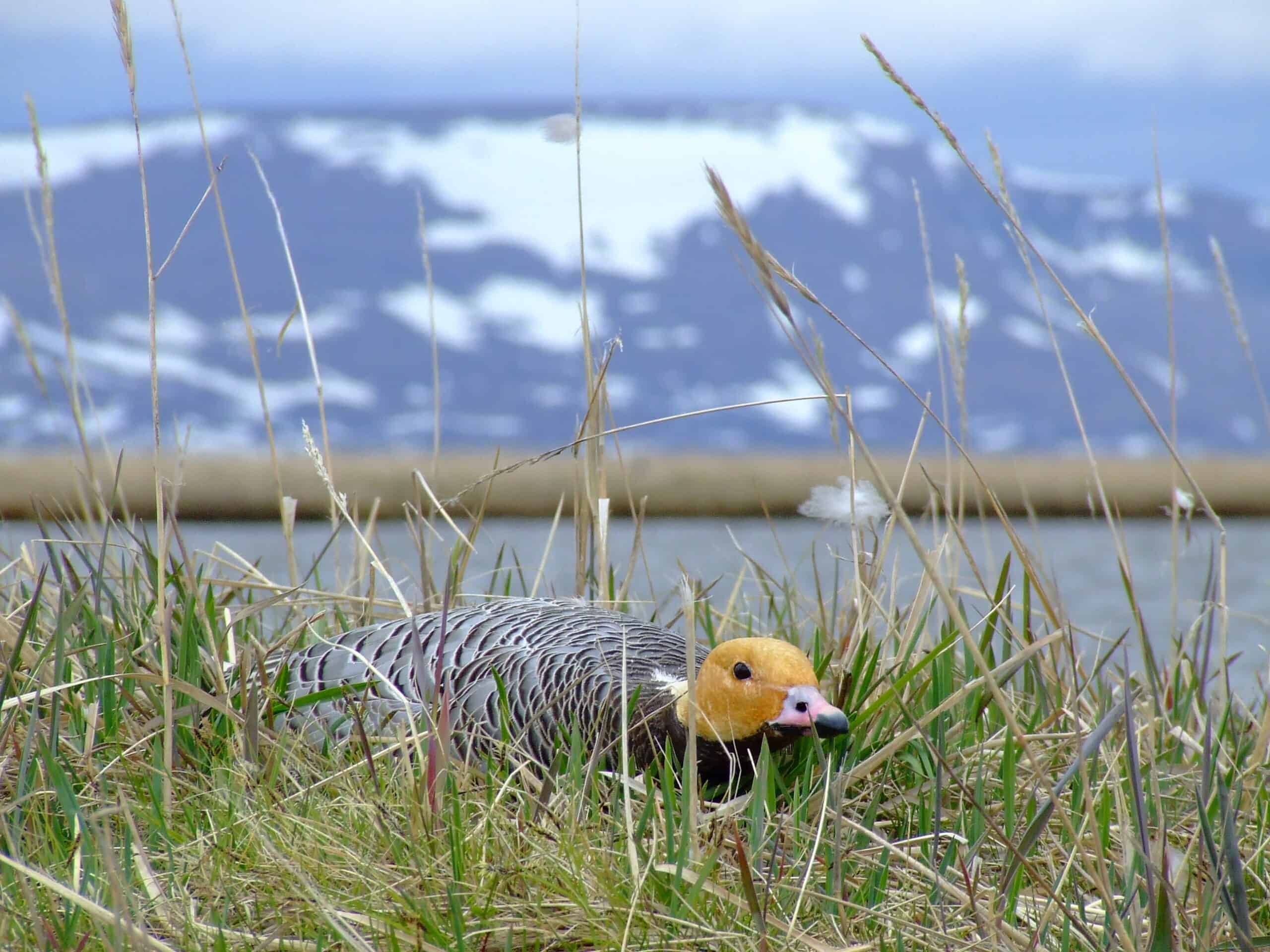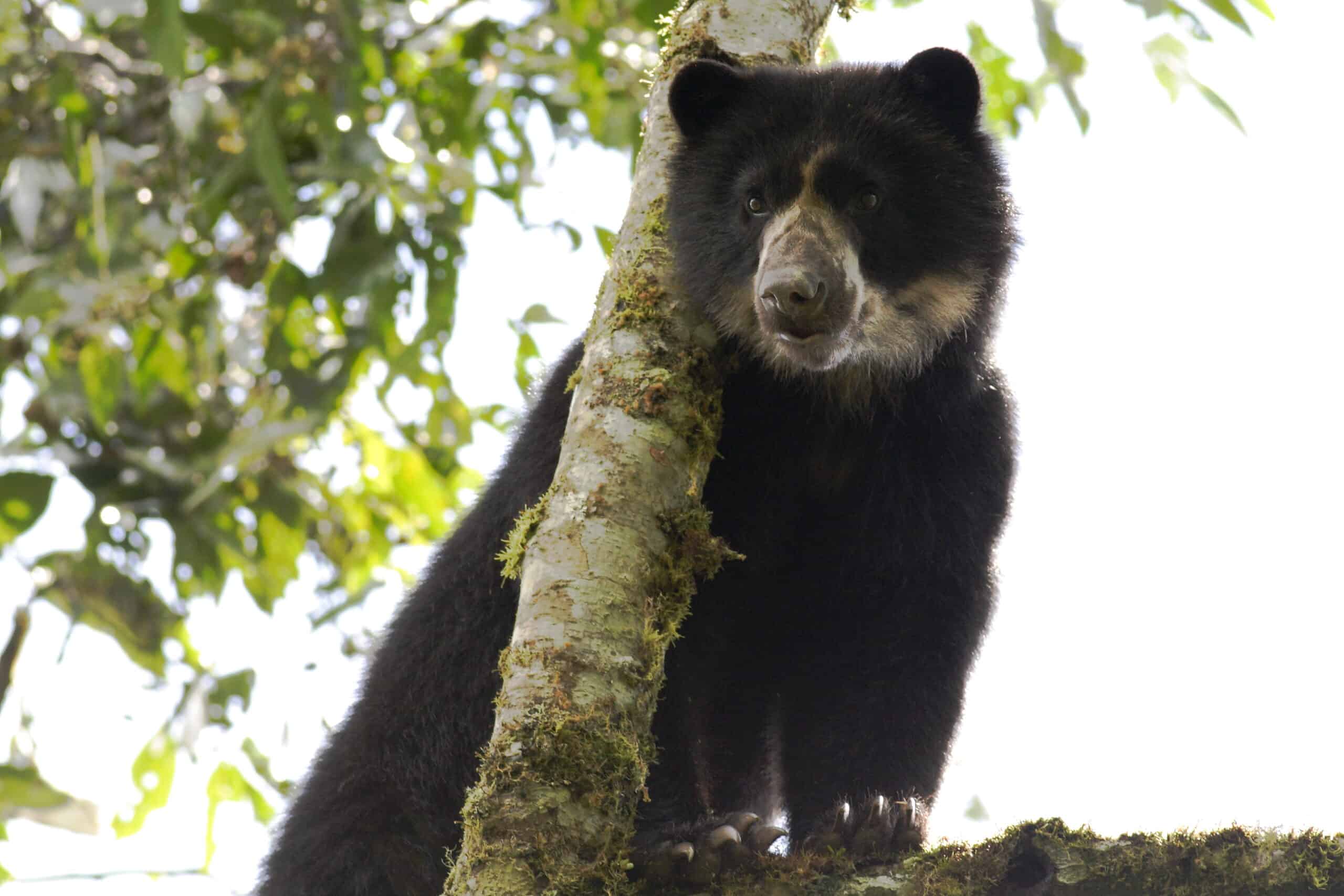Share this article
TWS2020: To detect mange in coyotes, camera traps ‘mite’ work
Biologists often use camera traps to monitor wildlife populations. But can they also be used to detect disease? Researchers in Chicago turned their cameras on urban coyotes to see if they could detect sarcoptic mange.
The disease, caused by a mite that burrows into the coyote’s (Canis latrans) skin, causes itchy lesions and hair loss. In a presentation at The Wildlife Society’s 2020 Virtual Conference, TWS member Maureen Murray, wildlife disease ecologist at the Lincoln Park Zoo’s Urban Wildlife Institute, talks about how she and her colleagues attempted to detect symptoms associated with mage in coyotes on camera trap images.
“Camera traps are a popular tool to monitor wildlife populations, because they are relatively inexpensive, they’re noninvasive and they can be deployed over large temporal and spatial scales,” Maureen Murray said. “By contrast, cameras are relatively underused for wildlife disease surveillance, but can be used to document visible signs of disease.”
In their research, Murray and her colleagues set out to determine if camera traps could provide an accurate picture of mangy coyotes in downtown Chicago and if they could create an occupancy model to predict the occurrence of mange based on urbanization from the camera trap data.
The researchers looked at photographs from 113 remote cameras set up along transects that radiated off from downtown Chicago from spring 2010 to winter 2014.
In the photos, they made note of which ones coyote images showed lesions or hair loss, particularly on the tail, haunches, ears and face, associated with sarcoptic mange. After analyzing almost 4,000 images of coyotes, they found that 213, or 5%, depicted a coyote with mange. They detected coyotes at 79% of the camera trap sites, with mangy coyotes at 39% of them.
They used the data to develop estimates, which showed that coyotes were less likely to occupy sites that were more urban. But coyotes with mange were more likely to occupy low density urban areas that had high canopy cover. Murray said they were likely taking advantage of anthropogenic food near homes and cover from forested areas. They also detected mange peaks in the winters of 2011 and 2013, which may represent a cycle in the system, she said.
The team also looked at what photos were the best to detect mange in coyotes. They found that images that were clear and in color were the best, with 30% ability to detect mange in an image. Images that were blurrier and black and white only had a 10% probability.
“Image quality really mattered when detecting mange,” Murray said. She suggests using pairing cameras on opposite sides of a trail to maximize visibility of an image, or programming cameras to take image bursts of the same individual. Scent posts also provide an opportunity for an animal to pause by a camera trap, she added.
Murray hopes to continue the research with other species like red foxes (Vulpes vulpes), kit foxes (Vulpes macrotis) and gray foxes (Urocyon cinereoargenteus). “In the future, we would like to expand this project to multiple canid species in multiple cities throughout North America through the Urban Wildlife Information Network,” she said.
Conference attendees can visit office hours for this contributed paper on Friday, Oct. 2 from 2 to 3 p.m. to learn more and ask questions.
Header Image: A coyote shows symptoms of mange. Credit: Alejandro Rojas








